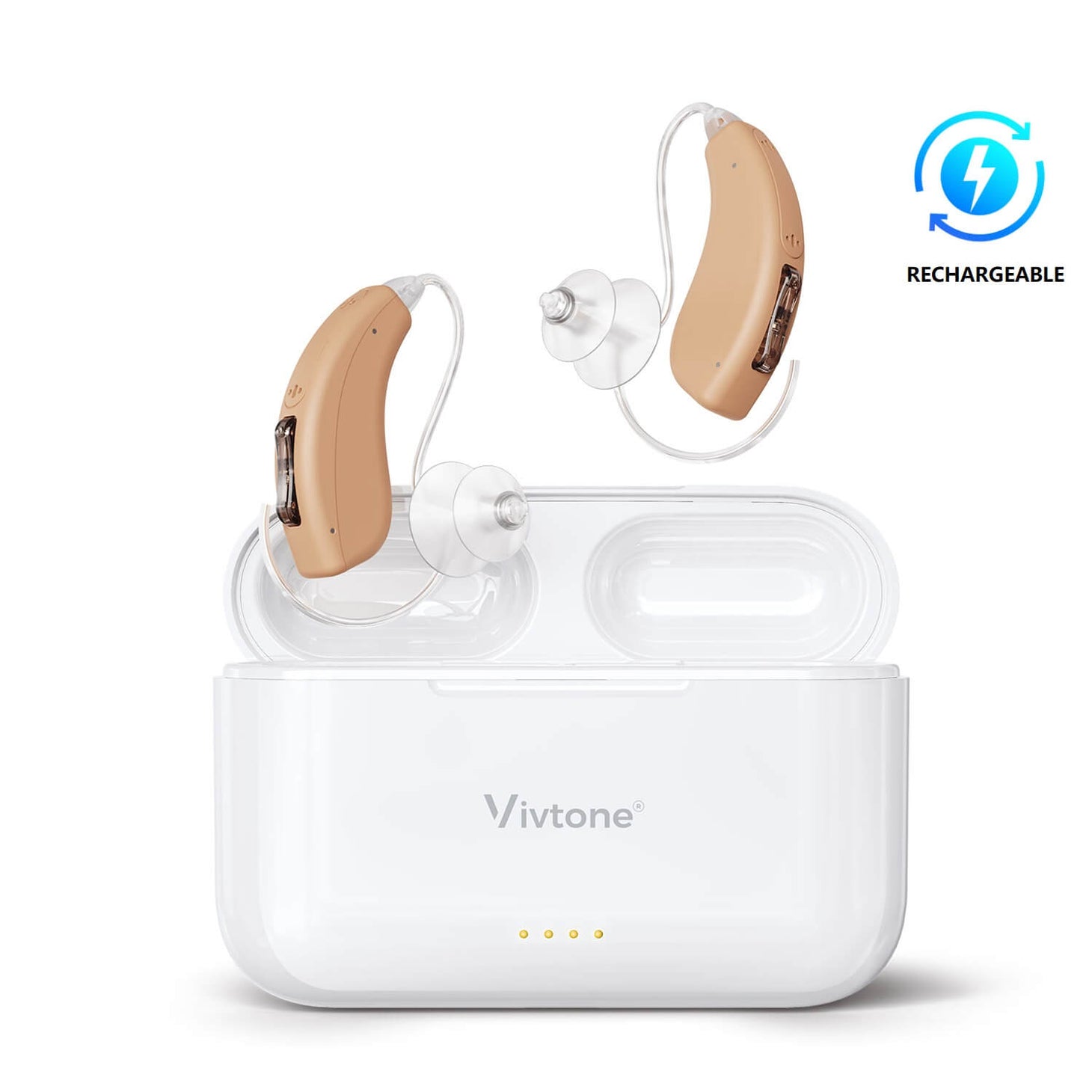Understanding the Different Types of BTE Hearing Aids for Various Environments
Posted In CategoryRandom-
LLorenza touchstone 4 months ago
When it comes to hearing aids, there are various types available to cater to different needs and environments. One popular type is the Behind-the-Ear (BTE) hearing aid. BTE hearing aids are known for their versatility and effectiveness in addressing a wide range of hearing loss. In this article, we will explore the different types of BTE hearing aids and how they are designed to adapt to various environments.
The Benefits of BTE Hearing Aids
BTE hearing aids are worn behind the ear and are connected to a custom earmold or an earpiece that fits inside the ear canal. This design offers several advantages:
- BTE hearing aids are suitable for all types of hearing loss, from mild to profound.
- They provide powerful amplification, making them ideal for individuals with severe hearing loss.
- Their larger size allows for additional features and controls, such as volume control and program settings.
- BTE hearing aids are less susceptible to moisture and earwax buildup, resulting in improved durability and longevity.
Understanding the Different Types of BTE Hearing Aids
There are several variations of BTE hearing aids, each designed to meet specific needs and adapt to different environments. Let's explore some of the most common types:
1. Standard BTE Hearing Aids
The standard BTE hearing aids consist of a case that sits behind the ear and a tube that connects the case to the earmold or earpiece. These hearing aids are suitable for a wide range of hearing losses and offer excellent sound quality. They are versatile and can be customized to fit individual preferences.
2. Mini BTE Hearing Aids
Mini BTE hearing aids are smaller and more discreet than standard BTE hearing aids. They have a thin tube that connects the case to the ear canal, allowing for a more natural sound experience. These hearing aids are suitable for individuals with mild to moderate hearing loss and are often preferred for their cosmetic appeal.
3. Receiver-in-Canal (RIC) Hearing Aids
RIC hearing aids, also known as Receiver-in-the-Ear (RITE) hearing aids, are similar to BTE hearing aids but with a slight variation. Instead of a tube connecting the case to the earpiece, RIC hearing aids have a thin wire that holds the receiver (speaker) directly in the ear canal. This design offers a more open and comfortable fit, as well as improved sound quality.
4. BTE Hearing Aids with Telecoil
Some BTE hearing aids come with a telecoil, a small coil of wire that allows users to connect to compatible devices, such as telephones and loop systems. Telecoils enhance the clarity of sound when using these devices, particularly in environments with background noise. They are especially beneficial for individuals who frequently attend public venues with loop systems installed.
Choosing the Right BTE Hearing Aid for Your Environment
When selecting a BTE hearing aid, it is essential to consider the specific environments you frequently encounter. Here are a few examples:
- If you spend a lot of time in noisy environments, such as restaurants or social gatherings, a BTE hearing aid with advanced noise reduction features would be beneficial.
- For individuals who enjoy outdoor activities, a BTE hearing aid with water and dust resistance would be ideal to withstand different weather conditions.
- If you frequently use telephones or attend events with loop systems, a BTE hearing aid with a telecoil would enhance your listening experience.
It is crucial to consult with a hearing healthcare professional who can assess your hearing needs and recommend the most suitable BTE hearing aid for your specific environment and lifestyle.
Conclusion
BTE hearing aids offer a versatile and effective solution for individuals with various degrees of hearing loss. Understanding the different types of bte hearing aids and their adaptability to different environments is essential in making an informed decision. By considering your specific needs and consulting with a professional, you can find the perfect BTE hearing aid to improve your hearing and quality of life.
References:
1. American Speech-Language-Hearing Association
2. Hearing Loss Association of America
3. National Institute on Deafness and Other Communication Disorders
References
